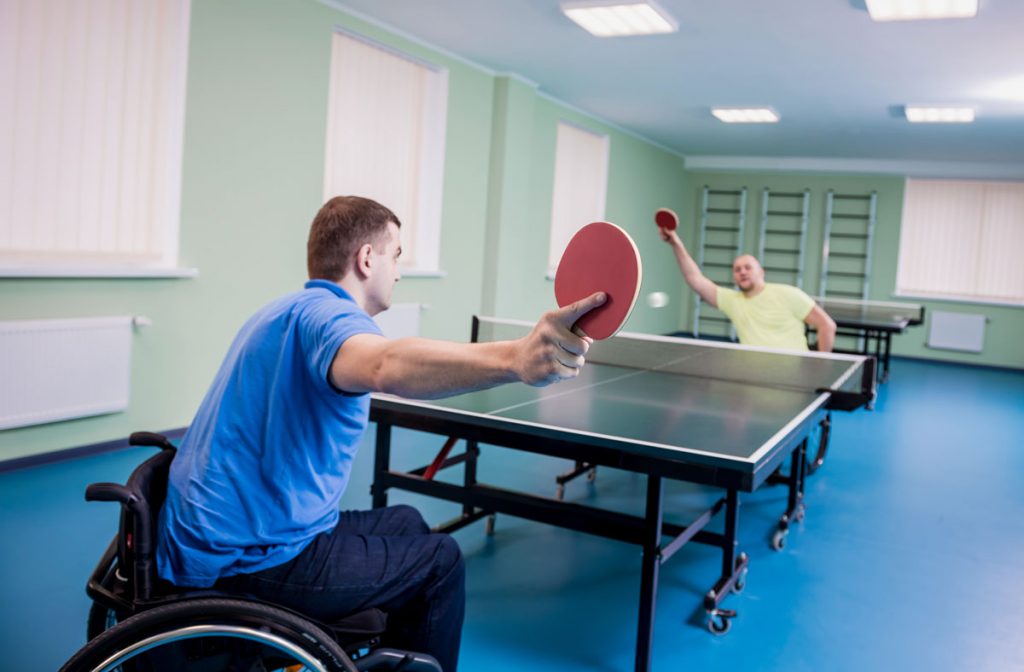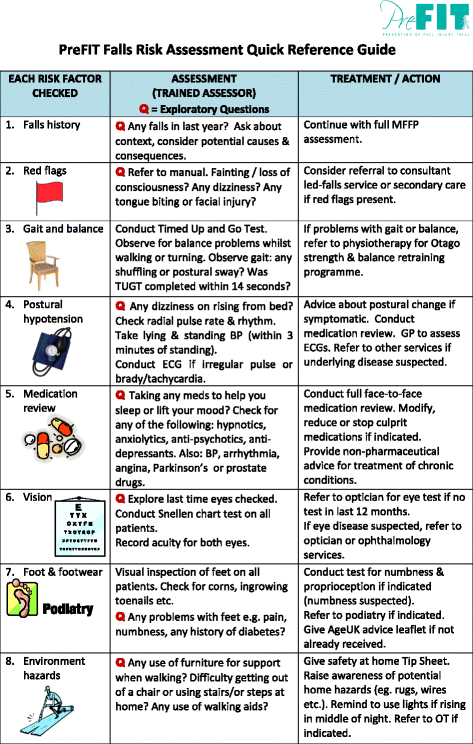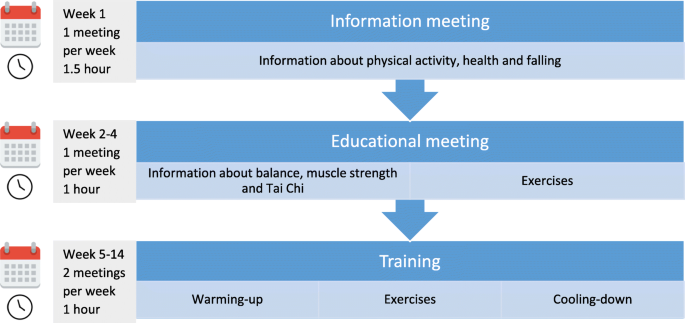The Ultimate Guide To Dementia Fall Risk
Some Known Incorrect Statements About Dementia Fall Risk
Table of ContentsFascination About Dementia Fall RiskThe Facts About Dementia Fall Risk Uncovered7 Easy Facts About Dementia Fall Risk DescribedOur Dementia Fall Risk Statements
A fall threat evaluation checks to see exactly how likely it is that you will drop. It is primarily done for older adults. The analysis usually includes: This consists of a series of concerns about your overall wellness and if you have actually had previous drops or issues with equilibrium, standing, and/or strolling. These tools check your stamina, equilibrium, and stride (the method you stroll).Interventions are referrals that might lower your danger of dropping. STEADI includes 3 actions: you for your threat of dropping for your danger factors that can be improved to try to stop drops (for instance, balance problems, damaged vision) to lower your risk of falling by making use of reliable techniques (for instance, supplying education and sources), you may be asked numerous inquiries consisting of: Have you dropped in the previous year? Are you stressed regarding dropping?
If it takes you 12 seconds or even more, it may suggest you are at higher danger for a loss. This test checks stamina and equilibrium.
The settings will certainly get harder as you go. Stand with your feet side-by-side. Move one foot midway onward, so the instep is touching the big toe of your other foot. Relocate one foot fully in front of the various other, so the toes are touching the heel of your other foot.
The Single Strategy To Use For Dementia Fall Risk
The majority of drops take place as an outcome of several contributing factors; for that reason, managing the risk of dropping begins with identifying the factors that contribute to fall risk - Dementia Fall Risk. Several of one of the most appropriate risk variables consist of: History of previous fallsChronic medical conditionsAcute illnessImpaired gait and equilibrium, lower extremity weaknessCognitive impairmentChanges in visionCertain high-risk drugs and polypharmacyEnvironmental aspects can likewise increase the threat for falls, including: Poor lightingUneven or damaged flooringWet or unsafe floorsMissing or damaged hand rails and get hold of barsDamaged or incorrectly equipped devices, such as beds, wheelchairs, or walkersImproper usage of assistive devicesInadequate supervision of the individuals living in the NF, consisting of those that display aggressive behaviorsA effective fall threat administration program needs a thorough professional evaluation, with input from all participants of the interdisciplinary team

The care strategy ought to also consist of interventions that are system-based, such as those that advertise a safe atmosphere (appropriate lights, handrails, get hold of bars, etc). The see page effectiveness of the interventions need to be reviewed occasionally, and the treatment plan revised as necessary to mirror changes in the loss danger assessment. Implementing a loss risk monitoring system using evidence-based finest technique can lower the prevalence of falls in the NF, while restricting the potential for fall-related injuries.
The smart Trick of Dementia Fall Risk That Nobody is Talking About
The AGS/BGS guideline recommends screening all adults aged 65 years and older for autumn danger each year. This testing is composed of asking patients whether they have fallen 2 or more times in the previous year or looked for clinical focus for a loss, or, if they have actually not dropped, whether they really feel unstable when walking.
People who have fallen as soon as without injury needs to have their use this link equilibrium and stride examined; those with stride or balance irregularities ought to receive additional assessment. A background of 1 autumn without injury and without gait or balance problems does not warrant further analysis past continued annual loss threat testing. Dementia Fall Risk. An autumn risk assessment is called for as component of the Welcome to Medicare assessment

Dementia Fall Risk Can Be Fun For Everyone
Documenting a drops history is just one of the top quality signs for loss avoidance and management. An essential part of danger assessment is a medication testimonial. A number of courses of medications raise fall threat (Table 2). Psychoactive medicines in certain are independent predictors of falls. These drugs tend to be sedating, change the sensorium, and harm balance and gait.
Postural hypotension can frequently be minimized by lowering the dose of blood pressurelowering drugs and/or quiting drugs that have orthostatic hypotension as a negative effects. Use above-the-knee support pipe and copulating the head of the bed boosted might additionally decrease postural reductions in blood stress. The advisable components of a fall-focused physical exam are displayed in Box 1.

A TUG time greater than or equivalent to 12 seconds recommends high autumn threat. Being not able to stand up from a chair of knee height without making use of one's arms indicates increased autumn risk.